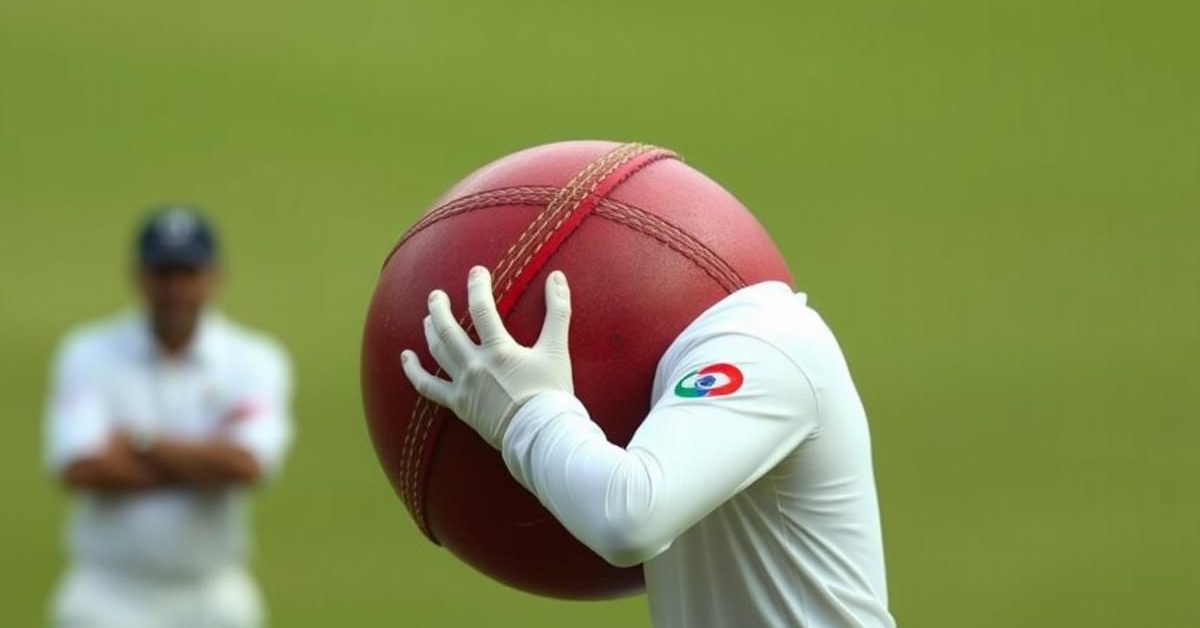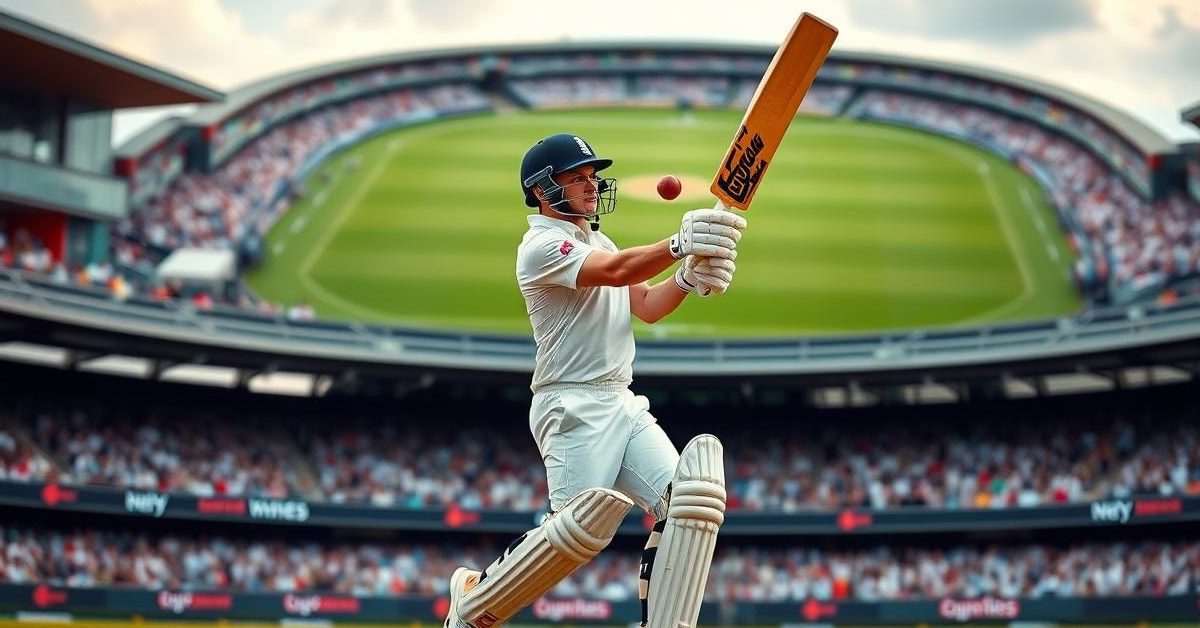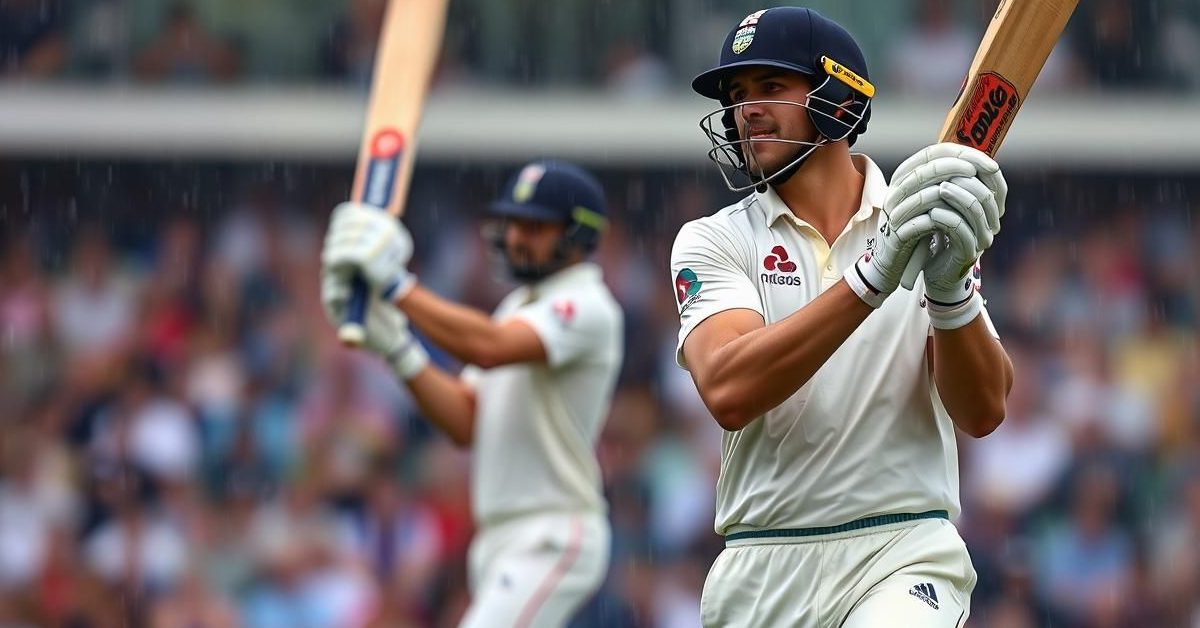The Indian cricket team has raised serious concerns with the ICC over ball change protocols and selection procedures during their ongoing Test series against England, claiming they were put at a disadvantage.
Controversy at Lord’s: The Ball Change Debacle
During England’s first innings at the crucial Lord’s Test, a significant issue arose. After just 10 overs, the second new ball lost its shape and failed a crucial ‘ring test’ by the umpires, requiring a replacement.
According to protocol, the replacement ball should be as old as the one it replaces. However, the Indian team was given a ball that was 30-35 overs old, despite their original ball being only 10 overs old.
This led to immediate concerns from the Indian camp. A team official stated that they were not informed of the replacement ball’s age beforehand, and had they known, they would have opted to continue with the slightly deformed, newer ball.
How it Impacted the Game
The impact of this ball change was immediate and noticeable. Before the change, India’s pace spearhead Jasprit Bumrah was making the Dukes ball talk, taking three quick wickets including key dismissals of Ben Stokes and Joe Root.
The original 10-over-old ball was swinging and seaming significantly. However, data later showed the replacement ball offered considerably less swing, effectively reducing India’s bowling threat.
England capitalized on this. Batters Jamie Smith and Brydon Carse, who came in after the ball change, found it easier to score. They built a crucial partnership of 84 runs, taking England from 271 for seven to 355 for eight, ultimately proving vital in a match India lost by just 22 runs.
Jasprit Bumrah himself alluded to his frustration after Day 2, subtly remarking, “The ball changes, I don’t really control that.”
Concerns Over Ball Selection Process
Beyond the Lord’s incident, India’s team management has also flagged concerns about the overall process of selecting balls for each Test match.
Traditionally, the fourth umpire, who is from the host country, presents a box of balls to the visiting team in their dressing room to choose two. India believes this system is flawed because the neutral match referee is not present during this crucial selection.
There have been instances, according to Indian officials, where the box contained only one ball with a darker shade of red, which typically swings more, while the rest were pure red. When they inquired about the darker ball, they were told it had already been chosen by England.
India suggests that this process is open to manipulation by the home team. They are advocating for a change, proposing that ball selection should ideally take place in the match referee’s room, with the referee present, to ensure complete transparency and fairness.
- India claims a 10-over-old ball was replaced by a 30-35-over-old one at Lord’s, disadvantaging them.
- The replacement ball significantly reduced swing and seam movement for Indian bowlers.
- India is concerned about the ball selection process at the start of Tests, suggesting it lacks neutrality.
- They have formally conveyed their concerns to the ICC match referee and are pushing for rule changes.
The team hopes the ICC will review these protocols to ensure a level playing field in future international matches.













